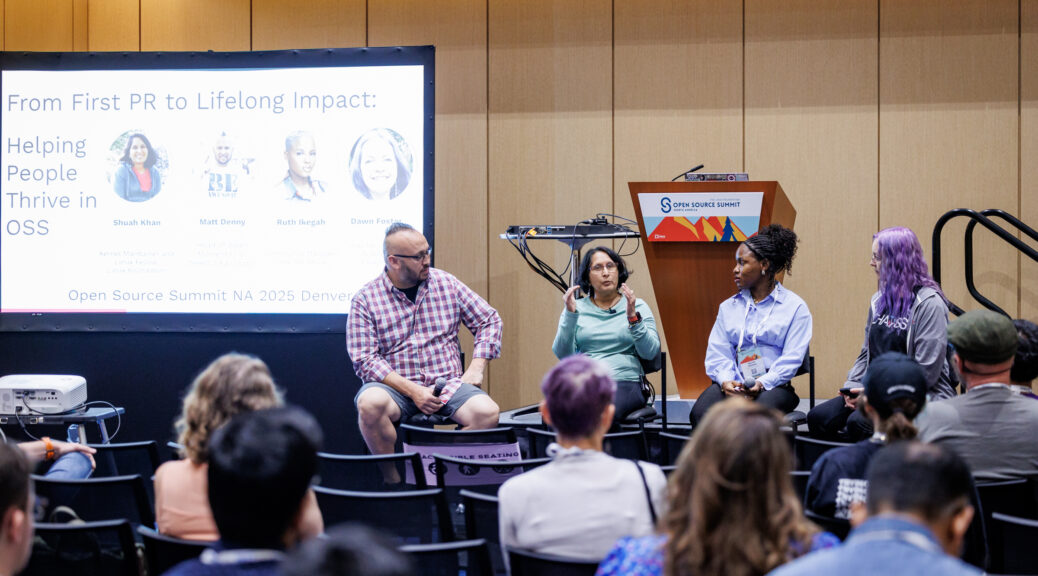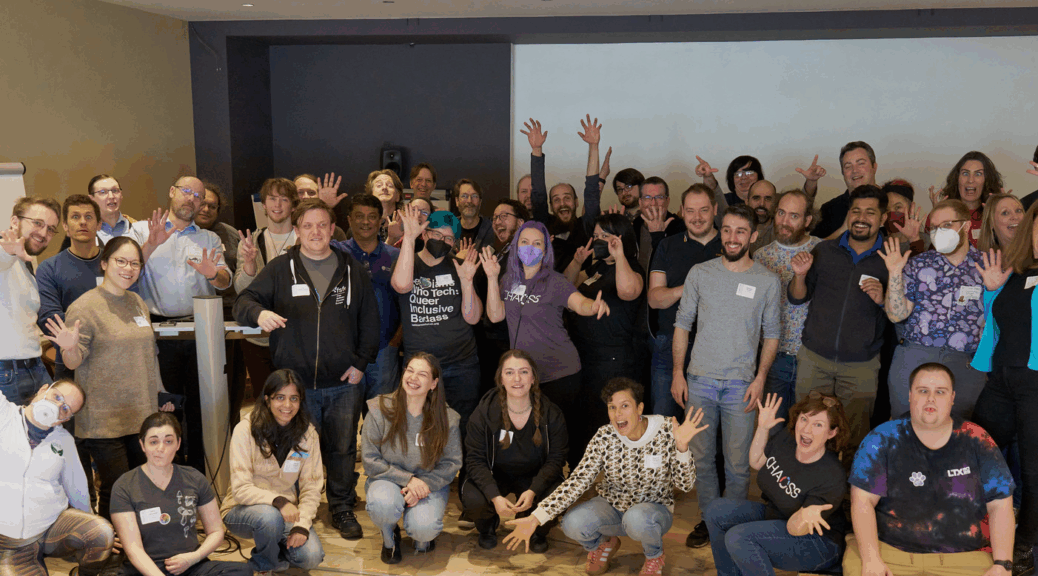This is the third blog post in a series about open source project governance, so you might want to pause and read the first post about why governance is important and the second one about defining governance before continuing.
It can be difficult to get people to contribute to your open source project, and unfortunately, there is no magic or one size fits all solution. Many projects struggle to find people who will actively participate and continue to participate over the long term. If it was easy, you would already have all of the people you needed to maintain your project, and you wouldn’t be reading this blog post. But not all is lost, there are things you can do to increase the chances of growing your contributor base for your open source project.
Good contributor documentation, especially for new contributors, is the first step toward bringing new people into your project in a scalable way that requires less time from busy maintainers. If this is well documented, new contributors can get started with a minimal amount of help from existing maintainers, which can save you a lot of time in the long run and reduce frustration for maintainers who are answering the same questions over and over. At a minimum, you should have instructions for everything that is required to get your project up and running in a development environment along with the process and guidelines for submitting a new contribution.
Defining the roles and responsibilities for contributors, reviewers, and maintainers can help with recruiting new people into these roles. You can think of this as a ladder because contributors climb up to become reviewers and those reviewers can become maintainers. What’s important is to have some documentation so that people understand how they can climb the ladder and gain more responsibilities within the project.
A contributor ladder usually outlines the different contributor roles within the project, along with the responsibilities and privileges that come with them. Community members generally start at the first levels of the ladder and advance up it as their involvement in the project grows. This helps set expectations for the roles and encourages people to think about how they might take on increasing responsibility within the project. As you get more of the people moving into maintainer roles, you can reduce the workload for the existing maintainers.
As a maintainer, when you are reviewing contributions and engaging in the community, think about and notice when someone is making solid contributions, which can help you decide who you can encourage to contribute more or maybe find someone who could move into a maintainer or other leadership role. Reaching out to someone and acknowledging their work while encouraging them to do more can help quite a bit with growing your contributor base. Sometimes people just need a bit of encouragement, and you can ask them for specific things that you know they are good at.
You should also be thinking about how you can move people into leadership positions to be responsible for activities beyond writing code, like documentation, community management, marketing, and other important roles. These activities take up valuable time from maintainers and someone with expertise in these roles can often do these activities more efficiently and with higher quality than a maintainer without that specific expertise. You can add these to your contributor ladder and promote people into maintainer roles to be responsible for things like community management, documentation, program or product management, marketing, and more as your project grows to need these roles.
Maintaining an open source project is so much work, and many maintainers are overworked, exhausted, and burning out. The best way to address this challenge is by finding people who can reduce your workload, but it’s hard work, and it takes time away from the day to day activities now, which can be hard to justify when you feel like you’re barely keeping up as it is. In the longer term, spending at least a little time on things that can help you recruit and keep new contributors that can eventually become maintainers will be worth it. You don’t need to do everything at once, and many of the suggestions above can be taken in small steps, one at a time. Spending just a little time on something to grow your contributor base and recruit new reviewers and maintainers is a great way to start.
If you want feedback or help with governance or related OSPO topics, I’m available for consulting engagements.
Additional Resources:
This is the third post in a series about governance, so stay tuned for more blog posts about creating intentional culture and project ownership.
Photo by Paulius Dragunas on Unsplash



